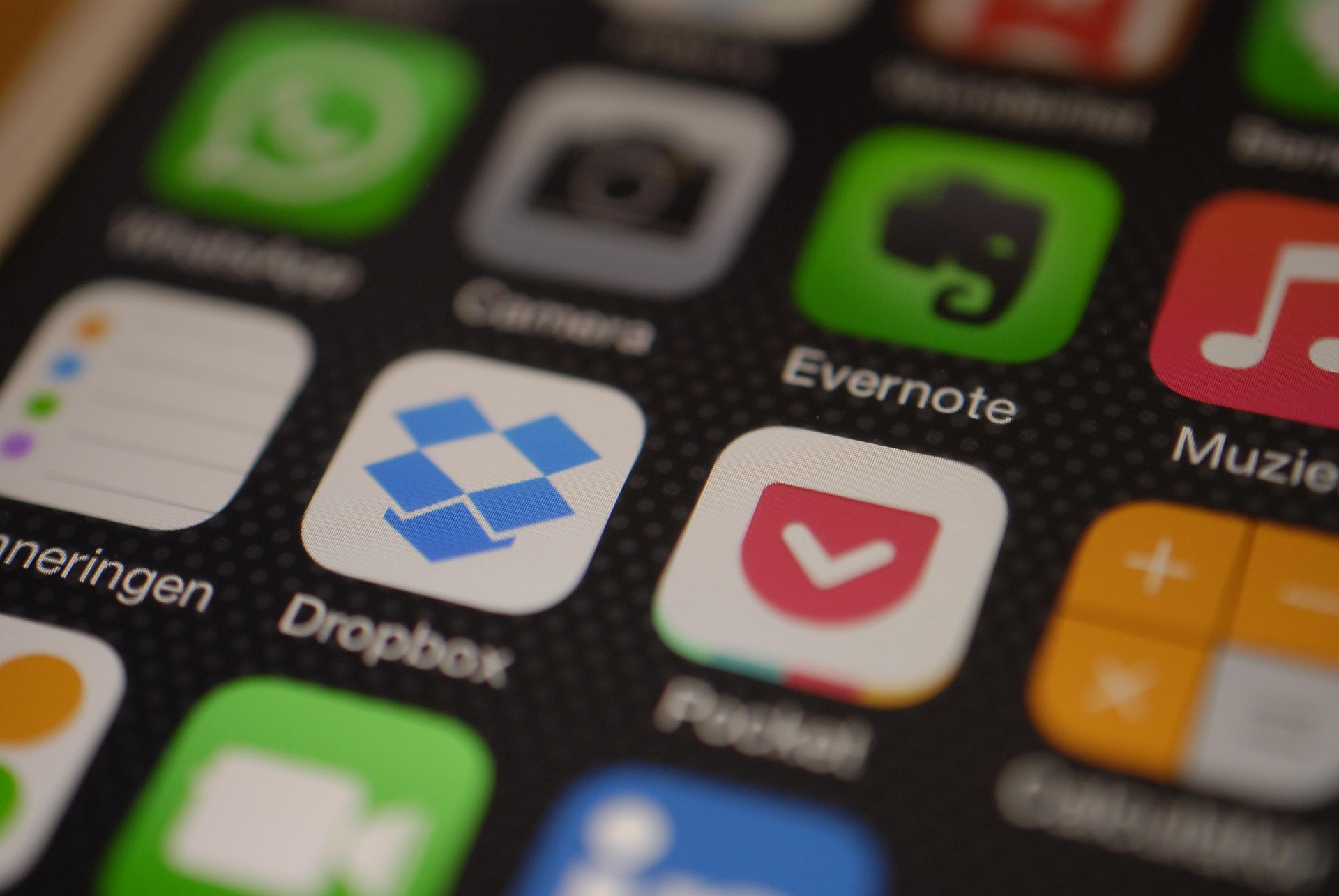
When you think of voiceover, you probably picture audiobooks, commercials, or maybe even documentaries. However, one area that’s quickly becoming a big player in the voiceover world is Narration for Apps. Let me tell you, this is not your grandma’s audiobook gig.
We all use apps—whether it’s to order pizza, track our fitness goals, or get lost in a game for hours (no judgment here). But have you ever noticed that friendly voice guiding you through your app? That’s Narration for Apps at work. It’s not just reading a script; it’s about crafting an experience that feels smooth, fun, and just right for the user. Imagine you're setting up a new fitness tracker app. You’re a little confused about the settings, but then—BAM—a voice pops up, friendly but clear, guiding you step-by-step, making sure you don’t accidentally set a goal to run a marathon tomorrow. That’s the magic of app narration.
Here’s the thing: app narration requires some serious vocal flexibility. Depending on the app, the voice could be upbeat and friendly (like a virtual tour guide), or super professional and serious (like, “Let me tell you how to pay your taxes, friend”). Whether you’re narrating a meditation app or a high-energy game, your voice needs to fit the vibe like the perfect pair of sweatpants.
For example, think of a voice guiding you through a recipe app. You wouldn’t want to sound like a drill sergeant giving orders about how to make a five-minute microwave meal—no, you want that voice to feel welcoming, like a friend who’s genuinely excited that you’re finally making that Pinterest recipe.
Narration for apps isn’t just about telling people what to do (though it’s a huge part of it). It’s about making the user experience feel natural. The voiceover helps users navigate through the app, but it can also make things more enjoyable. Think of it like this: if an app’s voiceover is too robotic, it’s like being stuck in a conversation with someone who’s reading a script—they're helpful, sure, but it’s a little… stiff.
On the other hand, a good app narrator brings personality to the app. For example, if you're using a mental wellness app, you want the voice to be calm and soothing, almost like a cup of chamomile tea in audio form. It should help you relax and focus, not send you into a panic over how you’ll ever figure out your breathing exercises. Great app narration can also encourage users to take action—like upgrading to a premium version or trying a new feature. So let’s be real, we’ve all clicked that “buy now” button after hearing a voice that made us think, “Hey, this person sounds trustworthy. I’ll spend the extra $5.”
As apps continue to grow in both size and sophistication, the demand for quality Narration for Apps will keep increasing. Developers are starting to realize just how important a voiceover can be in creating a memorable app experience. Want to stand out in a sea of fitness tracking apps? Hire a voice that actually sounds like they’re invested in your progress—not like they’re reading off an instruction manual.
As more companies embrace the idea that narration adds personality to their apps, the need for skilled voice actors who can adapt to different tones, styles, and purposes will continue to rise. Whether it’s for a calming meditation app or a fast-paced game, there’s room for all types of voices in this space. So, get ready to dust off that vocal range of yours, because Narration for Apps is here to stay.
I promise this isn’t a sales pitch—narration for apps is only going to get bigger. So what about the voice actors? Well, you’re the ones who are going to make these apps more human, more engaging, and maybe even a little bit more fun. So, if you’re looking to branch out and try something new, this is a great opportunity. Just don’t get too excited and accidentally narrate someone’s yoga session like you’re hosting an auction. (We all know how that would go.)
Narration for Apps by Alan Shires